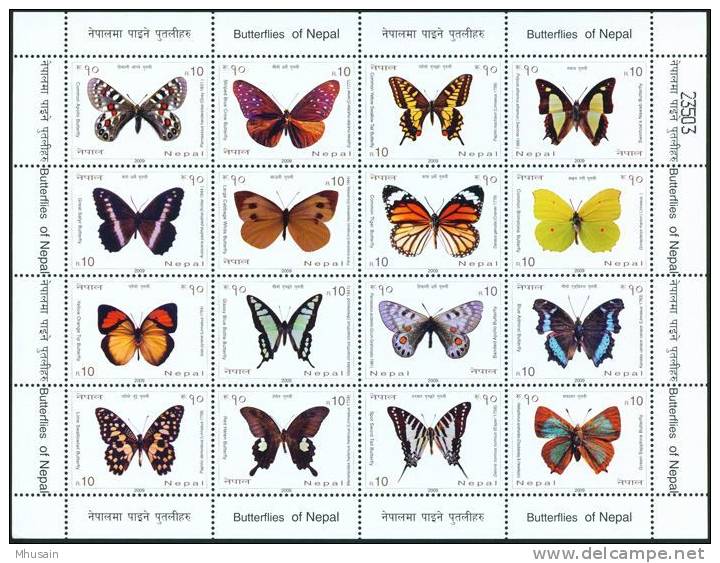The lofty western Himalayas are being slowly robbed of their butterflies, with at least 50% of species showing a massive decline in less than a decade. Studies conducted by the high-altitude zoology field station of the Zoological Survey of India (ZSI) based in Solan, Himachal Pradesh, have recorded a drastic drop in butterfly numbers in the western Himalayas, famous for its biodiversity. “The population of 50% of the 288 species recorded in the western Himalayas, comprising areas of Himachal Pradesh and Jammu and Kashmir, have declined more than half in just 10 years,” Avtar Kaur Sidhu, a scientist with the field station, said.
“We noticed a large number of dead butterflies on Khardung La (the world’s highest motorable road in Ladakh) during one of our visits” she added.
“We found a massive decline in the population of the common snow Apollo in Ladakh. This is a high-altitude butterfly” Sidhu said, adding, “the same is the fate of the high brown silver species.”
The lofty bath, a medium-sized white butterfly with black streaks, once common in alpine regions, is now sighted only in pockets of Ladakh.
Other species like the large green underwing, the dusky green underwing, common meadow blue, white blue linen and violet meadow blue, which are typical high-altitude butterflies, also need to be conserved, Sidhu said.
“Such a decline is quite alarming and will affect the survival of other fauna,” she added.
In Pangi valley, Chamba district, only 27 species of butterfly have been recorded. In the Churdhar ranges of Sirmaur district, 39 species have been recorded. In both places, the survey was conducted between 2007 and 2010 under a fauna biodiversity project of the Himalayas.
Of the 1,439 species of butterfly that have been reported in India, 300 have been recorded by the ZSI in Himachal Pradesh alone, in its report ‘Fauna of Western Himalayas’.
India is one of the world’s 12 mega-biodiversity centres. The faunal diversity comprises inter alia 2,500 fish species, 150 amphibians, 450 reptiles, 1,200 birds, 850 mammals and 68,000 insects.
Although India is designated a mega-biodiversity area, it also has two of the world’s most threatened ‘hotspots’ -- the eastern Himalayan region and the Western Ghats. To quote Professor M S Swaminathan, both are paradises of valuable genes but are inching towards ‘Paradise Lost’ status.
Source:
IANS, June 4, 2010
http://sify.com, June 2010
The Hindu, May 27, 2010
http://infochangeindia.org/environment/news/massive-decline-in-himalaya…

- Login om te reageren
